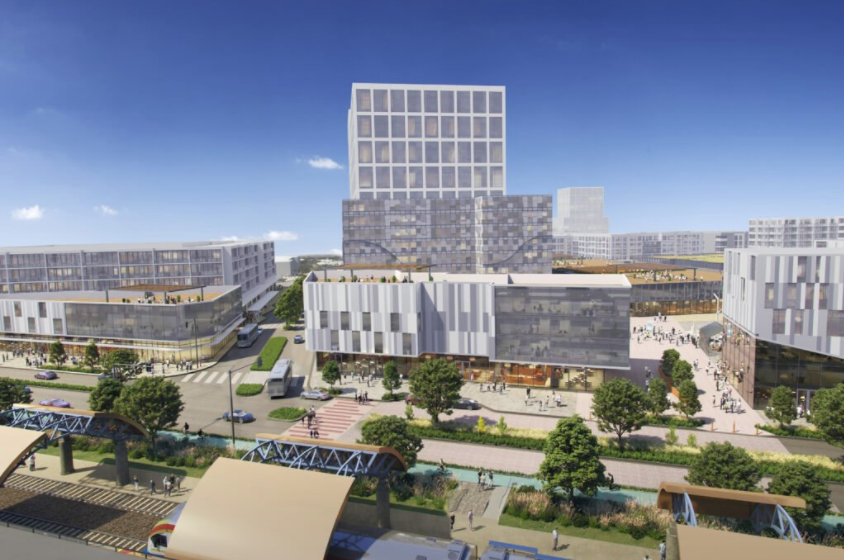Spend enough time with Dallas urbanists during happy hour, and eventually, the conversation will drift toward discussing why our transit system does not work like a coastal city or how we can decarbonize our grid to reduce greenhouse gas (GHG) emissions to meet Dallas’ Comprehensive Environmental and Climate Action Plan (CECAP) goals, or how we make a dent in our rapidly rising housing costs, and the conversation inevitably arrives, in some form or fashion, at the same place:
Are these goals even possible with the current land use? Is our city dense enough? Will the suburbs reach Oklahoma at this rate?
The last one is spoken in jest, but only slightly so.
And for a good reason. We have ambitious goals like the CECAP calling for a reduction in our share of single-occupancy vehicle travel from 88 percent to almost 60 percent and 35 percent of new housing located within a transit-oriented development (TOD) community by 2050.
DART’s investment in its bus system, the Automated Bus Consortium, and D2 provide a major boost to our mobility ambitions, and the city’s strategic mobility plan includes excellent strategies like a citywide mobility hub network tied to an increased bicycle and pedestrian network. Click to read more at www.dmagazine.com.




